Shift Work Sleep Disorder (SWSD) is a circadian rhythm sleep disorder affecting individuals who work nontraditional hours, such as night shifts or rotating shifts. This condition results in difficulties falling asleep, staying asleep, and experiencing excessive sleepiness at inconvenient times. According to the Cleveland Clinic, it can be managed with lifestyle changes, light therapy, and medication. SWSD affects 10%-40% of people working nontraditional shifts, leading to significant health and workplace safety concerns.
What Causes SWSD?
Circadian rhythms are 24-hour cycles that are part of the body’s internal clock, running in the background to carry out essential functions and processes. The sleep-wake cycle is one of the most prominent and critical circadian rhythms, influenced by external cues like light and darkness. These rhythms are regulated by a part of the brain called the suprachiasmatic nucleus (SCN), located in the hypothalamus.
Light exposure plays a significant role in regulating circadian rhythms. During the day, exposure to natural light signals the SCN to suppress melatonin production, a hormone that promotes sleep. Conversely, at nighttime, the SCN triggers the release of melatonin, preparing the body for sleep with the concentration peak occurring between 9:00 pm and 7:00 am but varies among individuals. Cortisol, often referred to as the stress hormone, also follows a circadian rhythm. Its levels peak in the early morning, helping promote wakefulness and energy for the day ahead, and gradually decline throughout the day. Disruptions to this rhythm can affect alertness and energy levels.

Shift workers, especially those who work night shifts or have rotating schedules, are often exposed to light at night and miss out on daylight exposure during the day. This misalignment can confuse the SCN, leading to an improper release of melatonin and cortisol, and consequently, disturbed sleep-wake cycles.
Symptoms and Consequences of SWSD
People with SWSD often experience insomnia, hypersomnia, excessive sleepiness, and social jet lag. Most shift workers sleep one to four hours less than non-shift workers, putting them at risk for various health issues and workplace errors. Sleep deprivation in professions such as pilots, truck drivers, and healthcare workers increases the likelihood of dangerous mistakes. For instance, physician trainees, historically known as ‘residents’ because they lived at the hospital, regularly work shifts lasting up to 28 hours. This schedule has raised concerns about sleep deprivation, which can impair cognitive function and lead to critical errors. Many residency programs have changed policies and no longer allow this shift duration.
In 2007, the World Health Organization (WHO) cancer division stated that there is considerable scientific research and studies about shift work resulting in circadian disruptions to support the theory that it is a “probable” carcinogen. Specifically, breast cancer was studied and it was found that women working a night shift for more than 20 years were significantly more likely to develop the disease. Furthermore, those with a previous history of cancer were advised against working night shifts as the suppression of melatonin increased the growth rate of tumors. The melatonin suppression is associated with the exposure to light at night. This is ongoing research and other factors that may contribute to the onset of cancer include the inconsistent timing of sleep and activity as well as the lowering of immune system management for cancer cells.
Additional Factors:
- Irregular Meal Times: Eating at inconsistent times can further disrupt circadian rhythms, as digestion and metabolism are also regulated by the body’s internal clock. Especially, in shift workers
- Physical and Mental Stress: The demands of shift work can lead to increased stress levels, further impacting sleep quality and overall health.
Chronic sleep deficit accumulates over time, exacerbating the symptoms of SWSD and increasing the risk of health issues and workplace errors.
Diagnosing SWSD
Diagnosing SWSD involves a comprehensive evaluation of a patient’s sleep patterns, work schedule, and overall health. The diagnostic criteria from the International Classification of Sleep Disorders (ICSD3) includes:
- Symptom Criteria: Insomnia and/or excessive sleepiness with reduced total sleep time due to a work schedule that coincides with normal sleep hours.
- Duration: Symptoms persist for at least three months and are linked to the shift work schedule.
- Monitoring Evidence: Sleep logs and actigraphy (when available) over at least 14 days that show a disrupted sleep-wake pattern.
- Exclusion Criteria: When symptoms are not better explained by another sleep disorder, medical, neurological, or mental condition, medication, poor sleep hygiene, or substance use disorder.
Solutions
Light Therapy
Light is a key player in the regulation of one’s circadian rhythm, influencing alertness and melatonin release. Bright light exposure before work or during night shifts can boost alertness, and applying bright light therapy in the morning or evening can help shift your sleep cycle for different shift schedules. Alternatively, wearing dark sunglasses after a night shift and using blackout curtains can minimize sunlight's impact, helping to increase daytime sleep. Though some studies show that combining bright light therapy with light avoidance can reduce fatigue and improve mood, results vary based on shift type and schedule consistency.
Naps
Research shows that napping before or during a shift can be beneficial for increasing the total sleep obtained to improve performance and lower fatigue. One study focused on single-job workers to isolate the effects of night-shift napping. Napping during the night shift reduced continuous wake time and daytime sleep, known to be of lower quality than nighttime sleep. The study found napping effective regardless of whether it occurred during the first (12:00 am - 3:00 am) or second part (3:01 am - 6:00 am) of the night shift. The concept of ‘sleep inertia,’ one’s level of alertness in the period directly following sleep, needs to be studied at more length, specifically concerning jobs that require operational readiness.
Stimulants
For those tackling night shifts, caffeine can be used as an energy booster. Research shows that consuming caffeine between 10:30 pm and 1:20 am can boost alertness and mental performance, keeping you alert when you need it. The ideal dose ranges from 250-400 mg, with the effects lasting until at least five and a half hours. To maximize caffeine's benefits, timing is key. A single dose at the beginning of your shift tends to be more effective than splitting it into multiple doses. However, to maintain one’s tolerance, cutting back on casual caffeine consumption may be needed.
Also, the FDA has approved two medications for SWSD, including modafinil and armodafinil that can be taken one hour before work to promote wakefulness. They have both been approved to aid adults suffering from SWSD, sleep apnea, and narcolepsy.
Sleep debt recovery
Melatonin and hypnotics have been studied to extend sleep during the day for shift workers. Despite increasing daytime sleep, no significant improvements in sleepiness and alertness during night shifts have been observed. The efficacy and tolerance level of these drugs over long-term periods are controversial. They may be useful on an intermittent basis to address cumulative sleep debt in shift workers, especially those experiencing insomnia.
Sources
- https://www.cdc.gov/niosh/work-hour-training-for-nurses/longhours/mod3/19.html
- https://www.ncbi.nlm.nih.gov/pmc/articles/PMC10651732/#B26
- https://pubmed.ncbi.nlm.nih.gov/10607218/
- https://sleepscience.org.br/details/149/en-US
- https://www.ncbi.nlm.nih.gov/pmc/articles/PMC10416670/
- https://www.ncbi.nlm.nih.gov/pmc/articles/PMC5694588/
- https://www.ncbi.nlm.nih.gov/pmc/articles/PMC9210564/
- https://www.sleepfoundation.org/shift-work-disorder#:~:text=Insomnia%2C%20excessive%20sleepiness%20while%20awake,get%20enough%20sleep%20each%20day.
- https://www.verywellhealth.com/armodafinil-vs-modafinil-8404586
- https://www.health.harvard.edu/blog/shift-work-can-harm-sleep-and-health-what-helps-202302282896
- https://my.clevelandclinic.org/health/diseases/12146-shift-work-sleep-disorder







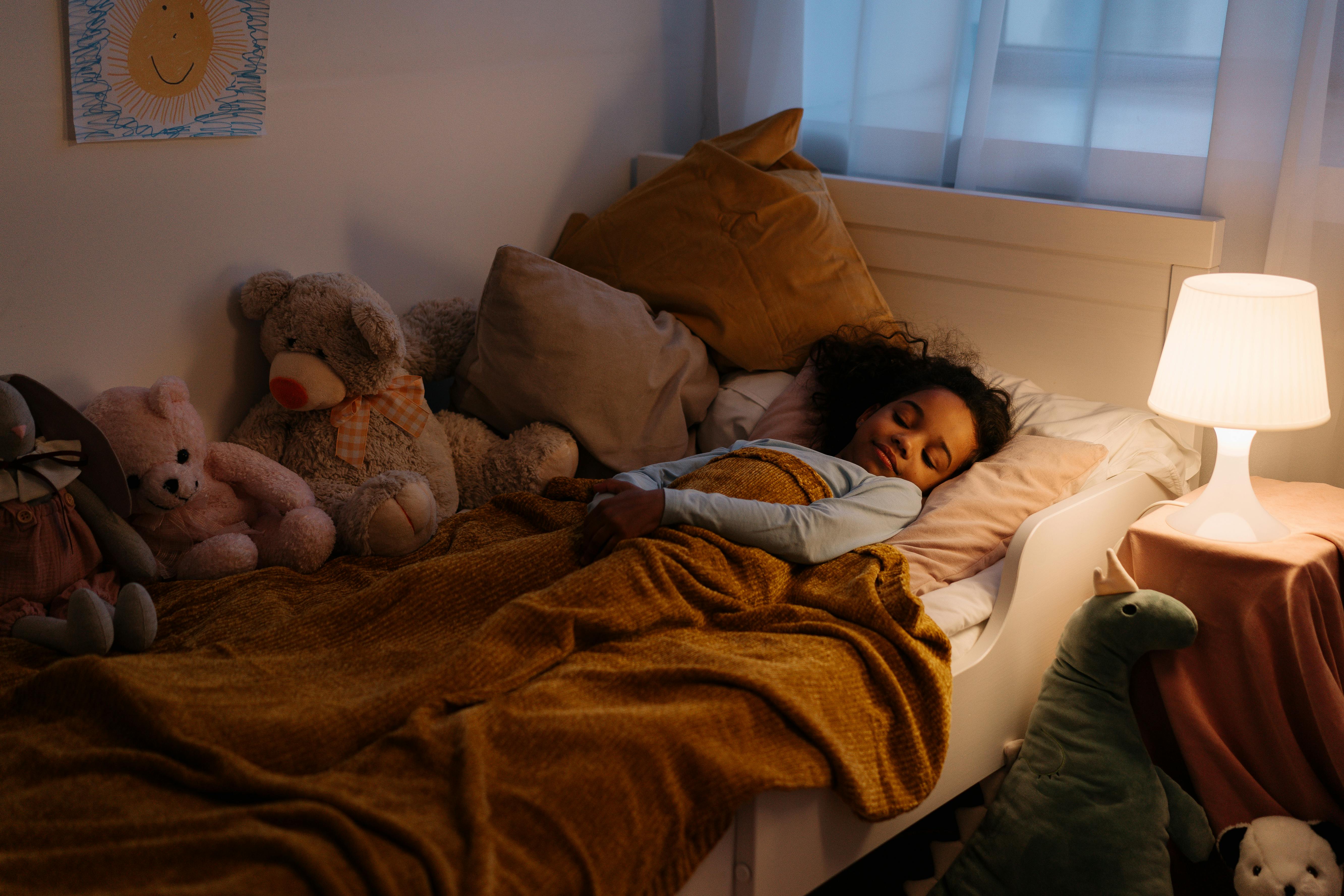


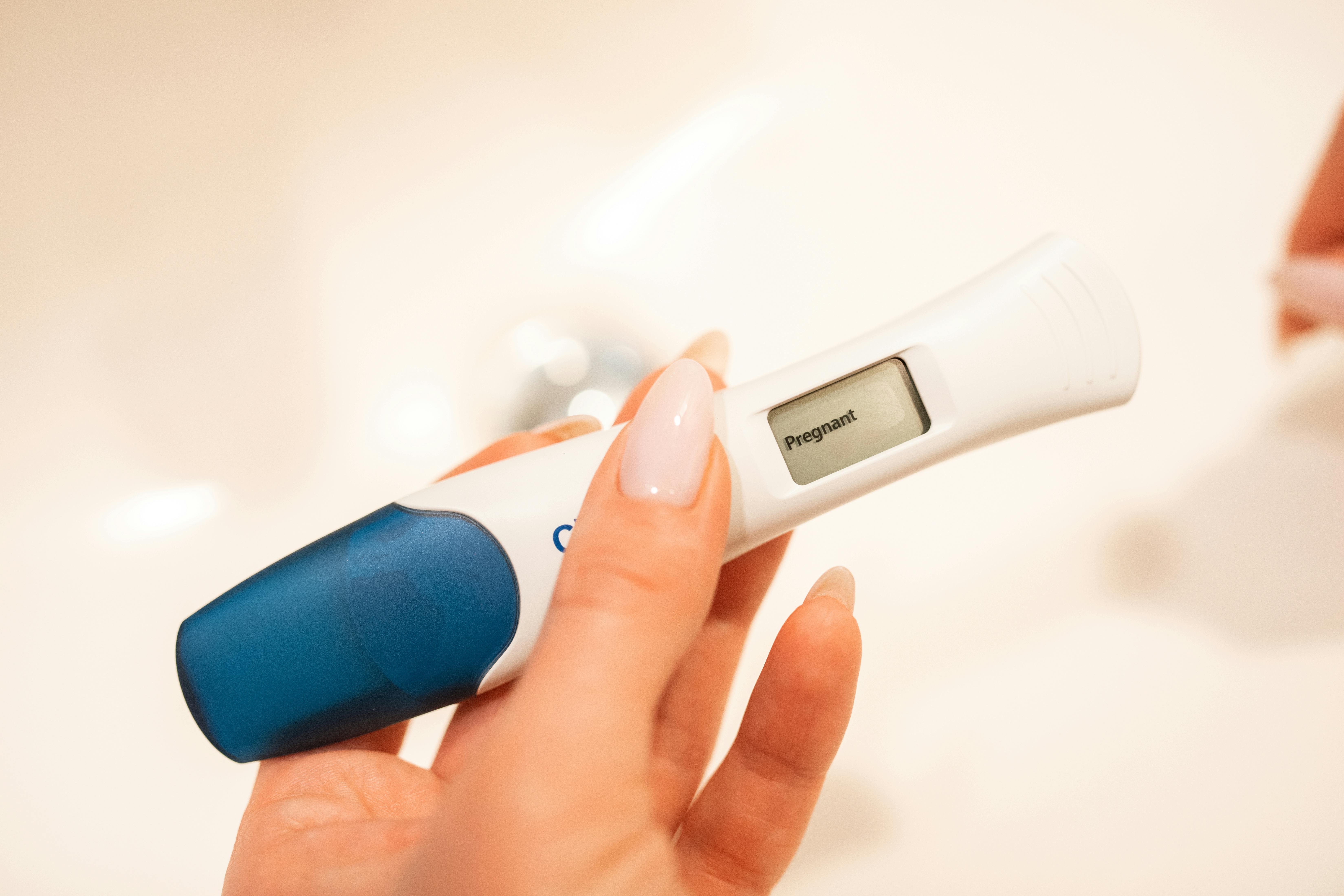







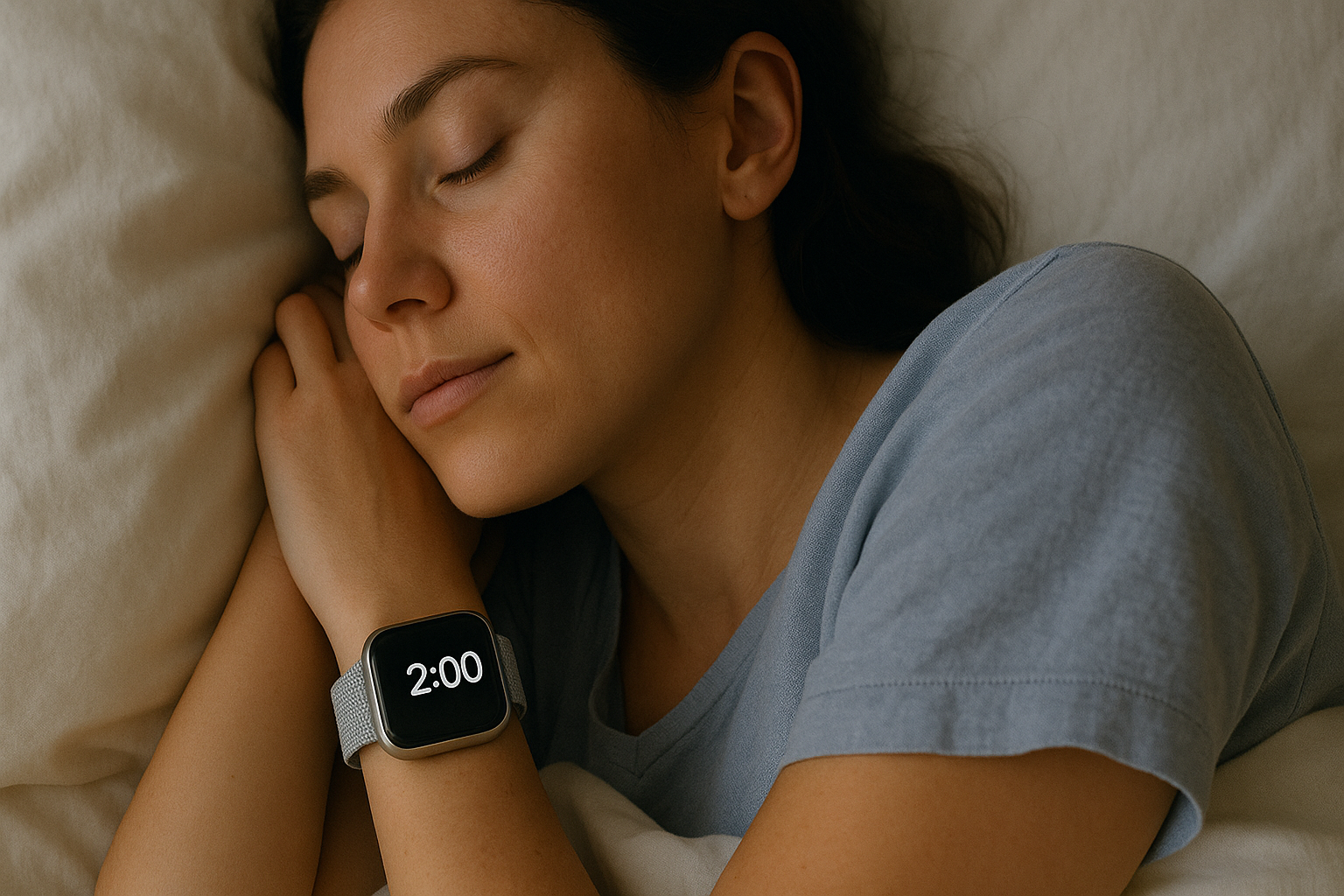


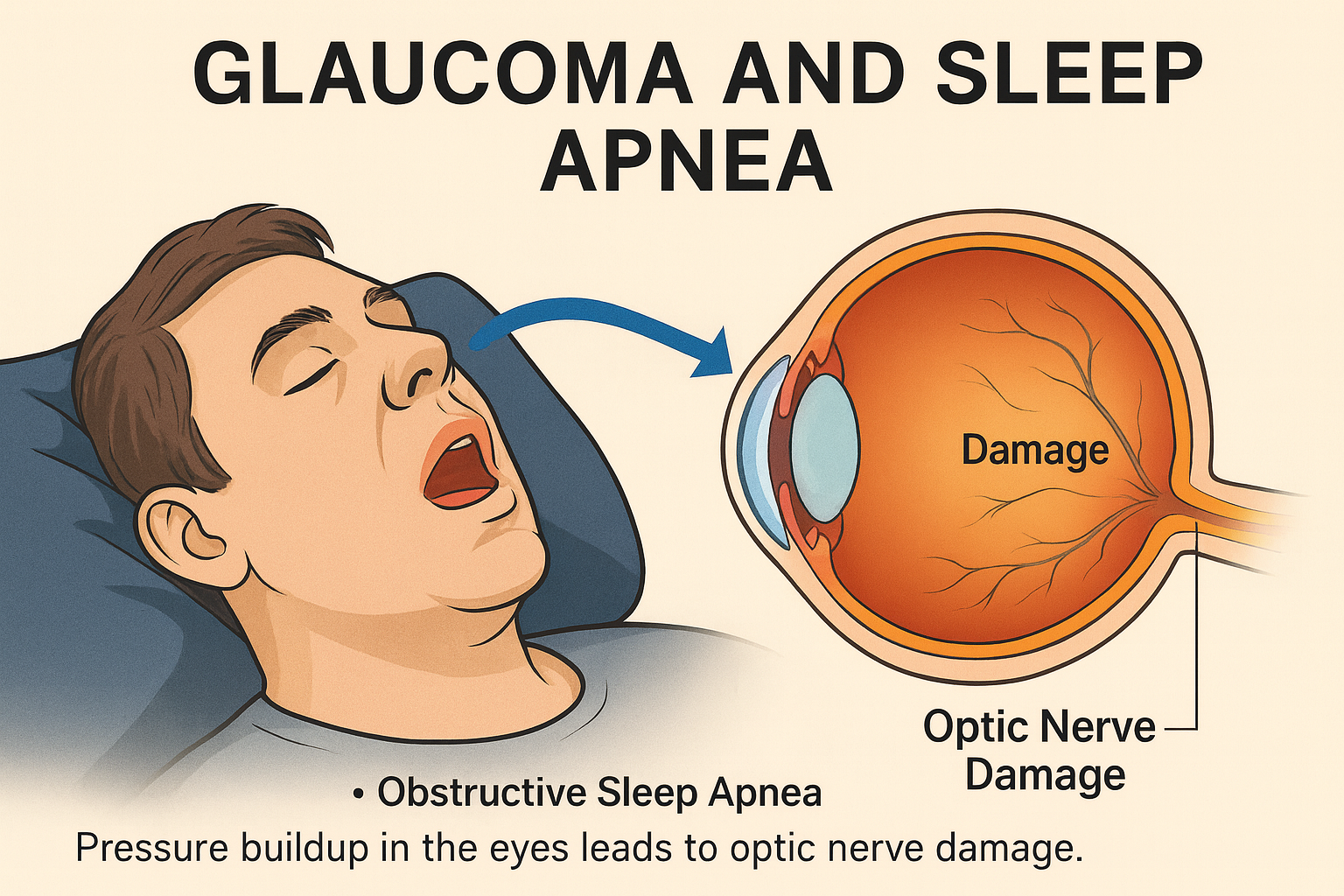
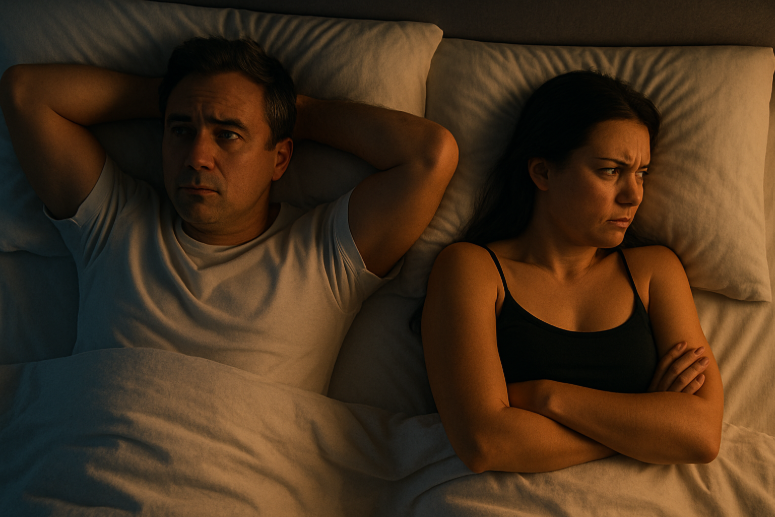


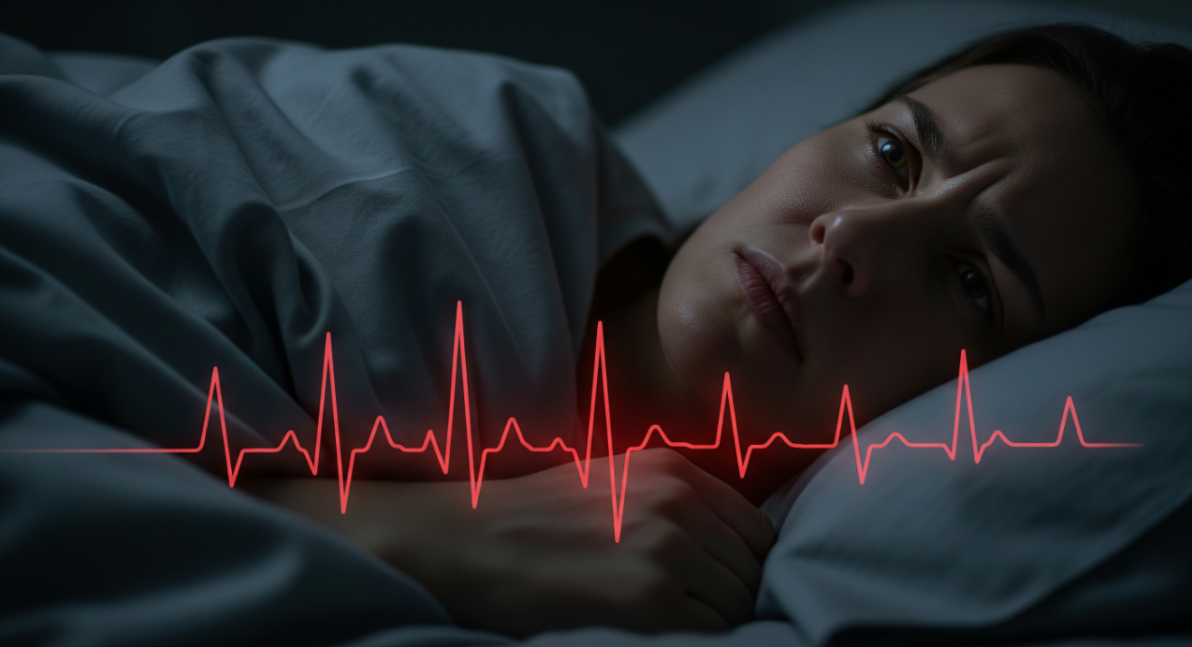





























































%20thumbnail.jpg)
.png)